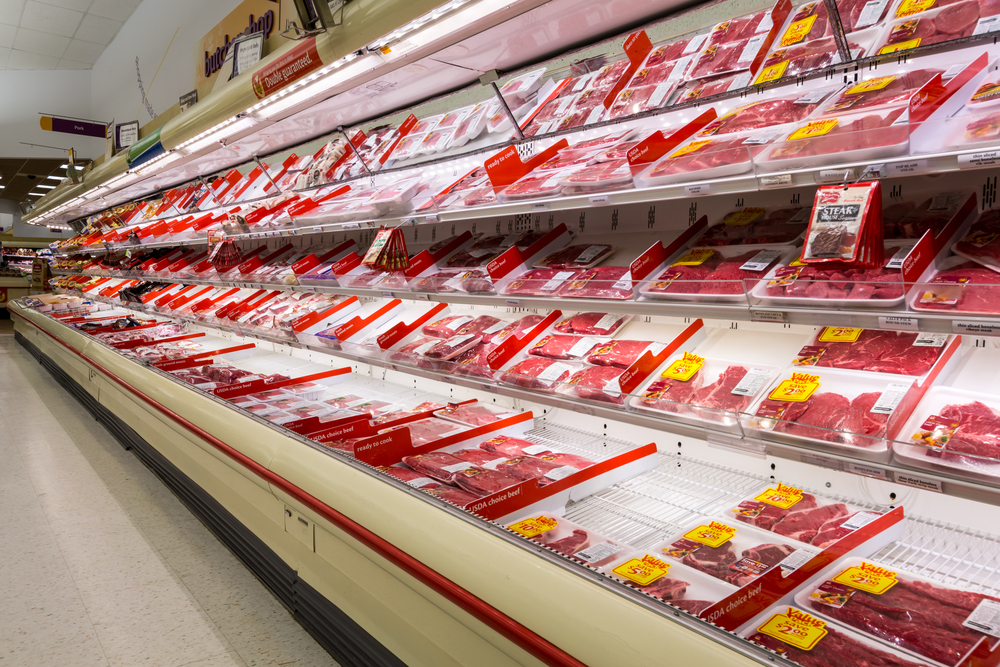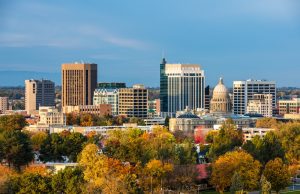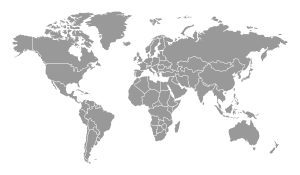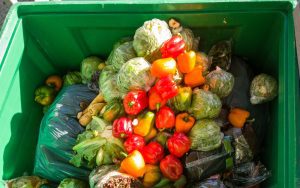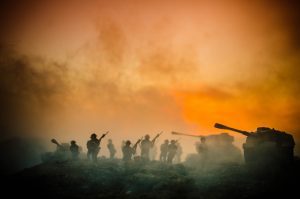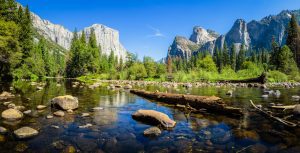Beef consumption in the United States has increased over the years. Because of this, several states have become beef producers to accommodate the supply needed.
Ranked as the world’s fourth-largest country, it is no wonder that the United States is also considered the world’s largest producer of beef.
Table of Contents
The History of U.S. Beef Cattle
If you have ever watched any old western TV series, such as Rawhide (starring Eric Fleming and Clint Eastwood and set in the 1860s), you would be familiar with cattle drives as the drovers moved the herd across the sometimes-treacherous landscape and conditions from ranches producing beef cattle to the buyers in other areas.
Cattle have resided on the U.S. continent for centuries. History notes that in the late 1400s, explorer Christopher Columbus brought Spanish cattle to the United States.
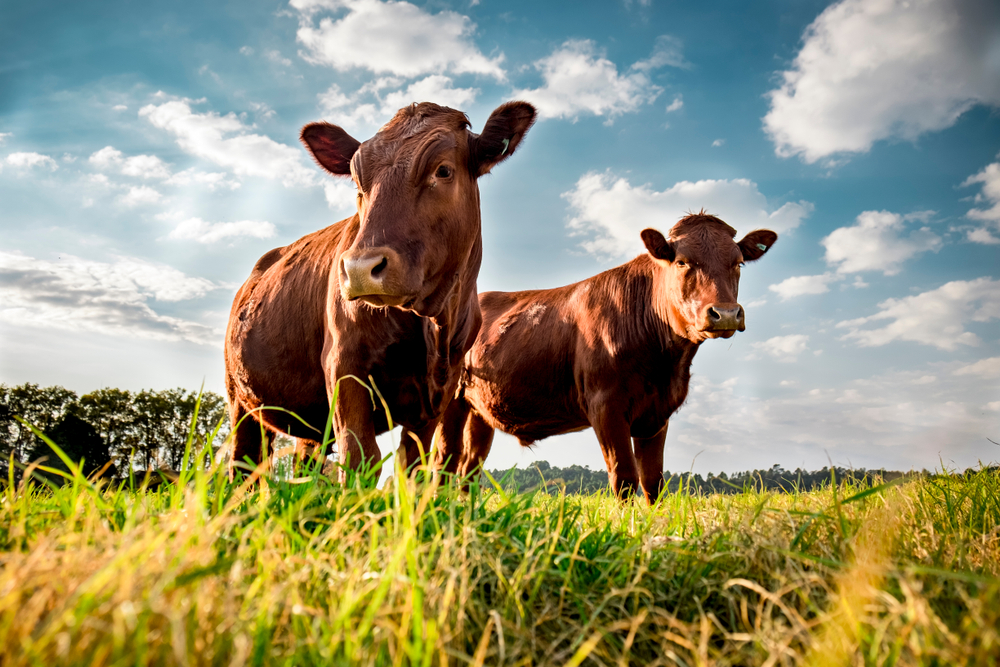
It is also noted that other Spanish explorers were transporters of cattle as well and brought Longhorns, which are the cattle breed most associated with Texas cattle ranchers.
British colonists coming to America also brought cattle in the 1600s, and the pilgrims also had cows and bulls shipped from England.
The cattle were used for many reasons other than food, such as producing milk, and were used for labor, such as plowing, and for leather.
Texas Ranches and Cowboys
Texas history notes that cattle brought to the continent by the Spanish roamed free and ultimately made their way to the open plains.
One of the first ranches came into being in the early 1700s. By the 1830s, Texas had begun its journey to becoming a producer of cattle, especially after the Texas Revolution.
As unbranded cattle roamed freely, there was a need for them to be captured, which led to the introduction of the cowboy.
These rough and ready individuals had the task of rounding up the unclaimed cattle, which then became the republic of Texas’ property.
As settlers made their way from all parts of the country to California to participate in the gold rush, the demand for food increased significantly.
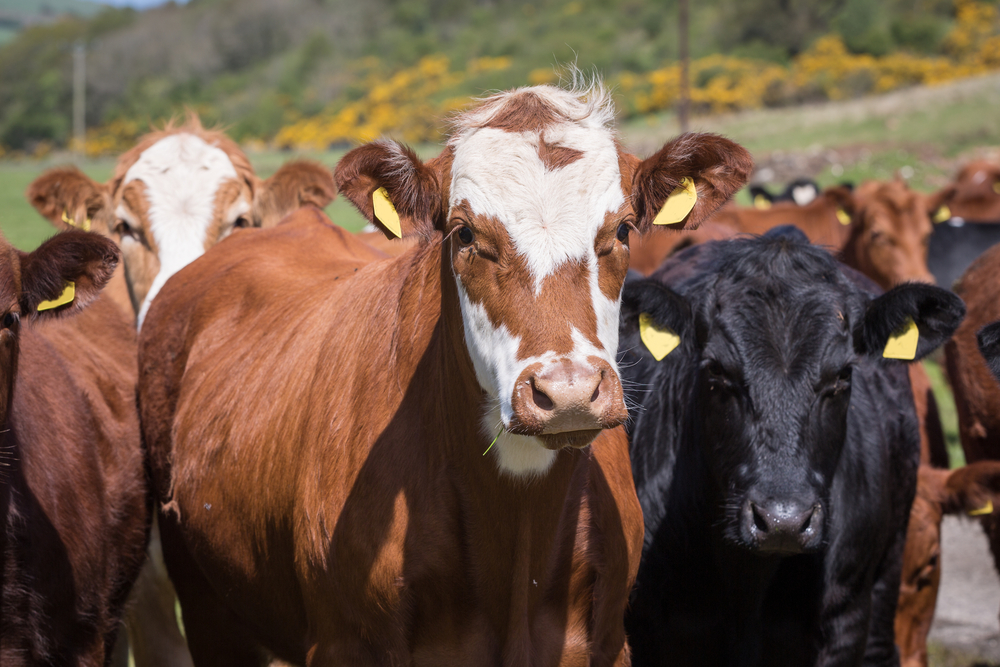
To help alleviate the need for provisions, cattle were transported westward to California and surrounding areas via rail and cattle drives.
Texas Cattle Drives
The 1860s were a busy time for cattle drives and cowboys. With an abundance of Longhorn cattle in Texas, California as well as other areas of the U.S. were in need of a boost in their food source options.
For this reason, cattle drives became a major way of life for cowboys and vaqueros who had the job of herding the cattle to market.
One of the most well-known trails used during the mid-1860s was the Chisholm Trail, created by Jesse Chisholm in 1865.
The infamous trail was used to drive millions of cattle to the north. The trail initially started near San Antonio, Texas, but after a few years, the starting point moved near Brownsville and the Rio Grande.
Along the trail, cowboys had to navigate and maneuver thousands of cattle across significant waterways, such as the Red River, Trinity Ford, Brushy Creek, the Colorado River, and the Brazos River.
Up until the early 1880s, the trail was used continuously, but as the railroads began to emerge in Texas, the cattle could be shipped to northern destinations, which saved time and money, versus continuing with the extended cattle drives over land.

Another often used trail to get cattle from Texas to Denver and New Mexico was the Goodnight-Loving Trail, created by Oliver Loving and Charles Goodnight.
The cattle owners wanted to create a safe trail that bypassed the Native Americans who traversed and raided the well-known area, and, so, they chose to use the longer route via the Butterfield Stagecoach route versus making a straight line to Denver.
Their first run was on June 6, 1866, which was a success without any interference or dangerous encounters with Native Americans.
The trail remained in use for several years until the death of Oliver Loving in 1869.
The Biggest Beef Producing State
From the 1850s – when cattle ranching was a hub of activity and prosperity for Texas ranchers – and through the mid-1860s – before and after the Civil War – cattle ranching continued to expand.
In 1865, there were an estimated five million cattle residing on Texas ranches. The state was then and continues to be, the leader in supply to accommodate the demand for beef across the United States.
As ranked by the National Agriculture Statistics Service (as of 2021) Texas ranked first as the biggest beef-producing state.
The Other Top-Ranking Beef-Producing States

As of 2021, according to information from the National Agriculture Statistics Service (NASS), the following 10 states are also beef producers.
- Oklahoma
- Missouri
- Nebraska
- South Dakota
- Kansas
- Montana
- Kentucky
- North Dakota
- Florida
- Arkansas
Oklahoma follows Texas as a beef-producing state with a significant decrease of 2,189,000 and Missouri as a close third place with 2,035,000.
Nebraska, South Dakota, Kansas, and Montana range from most to least heads of cattle, with a range of 1,900,000 to 1,419,000.
Kentucky, North Dakota, Florida, and Arkansas maintain a range of 983,000 to 925,000.
State Agriculture Overview for Texas
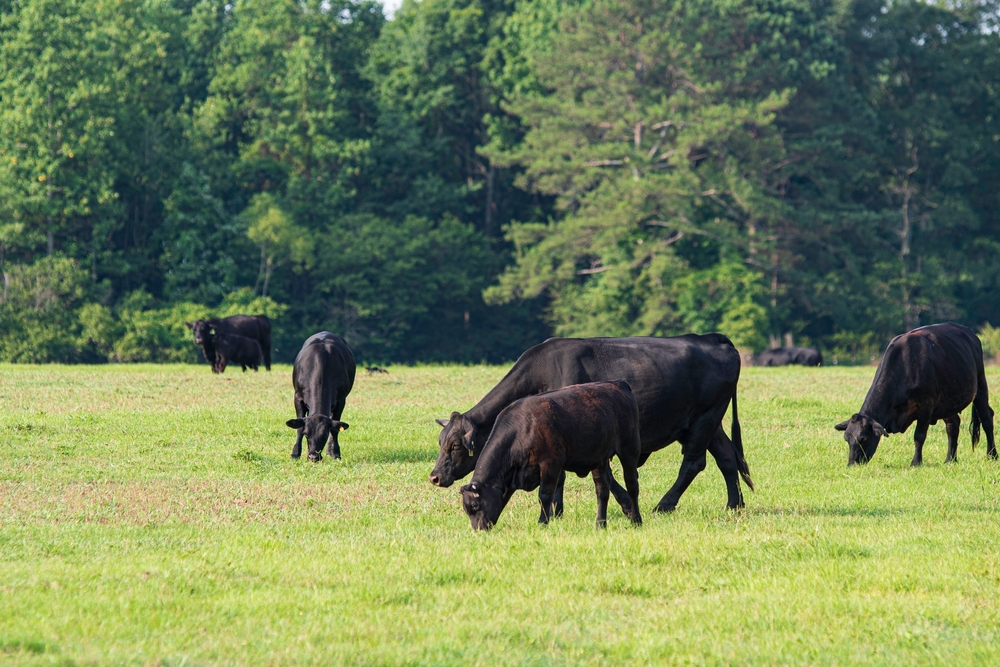
More statistics from the United States Department of Agriculture and the National Agriculture Statistics Service for Texas as of January 1, 2022, are as follows.
The number of farm operations in Texas is 247,000 with acres operated covering 126,000,000. The inventory for beef livestock is 4,475,000.
Other inventories, such as milk cows and calves, are not included in these figures.
The States with the Most Cattle
All states have a cattle inventory. While Texas is first as the state producing the most beef, it is also ranked first place as the state with the most cattle overall.
In 2022, with 12,700,000 head of cattle, 14 percent of the cattle in the United States are in Texas.
The ranking of the states for 2022 from the NASS/USDA is listed below and shows the big difference between Texas and other states:
- Texas
- Nebraska
- Kansas
- California
- Oklahoma
- Missouri
- Iowa
- South Dakota
- Wisconsin
- Colorado
- Idaho
- Minnesota
- Montana
- Kentucky
- North Dakota
- Tennessee
- Arkansas
- Florida
- New York
- Virginia
- Pennsylvania
- New Mexico
- Ohio
- Alabama
- Oregon
- Wyoming
- Washington
- Michigan
- Georgia
- Illinois
- Arizona
- Mississippi
- Indiana
- Utah
- North Carolina
- Louisiana
- Nevada
- West Virginia
- South Carolina
- Vermont
- Maryland
- Hawaii
- Maine
- Connecticut
- Massachusetts
- New Hampshire
- New Jersey
- Alaska
- Delaware
- Rhode Island
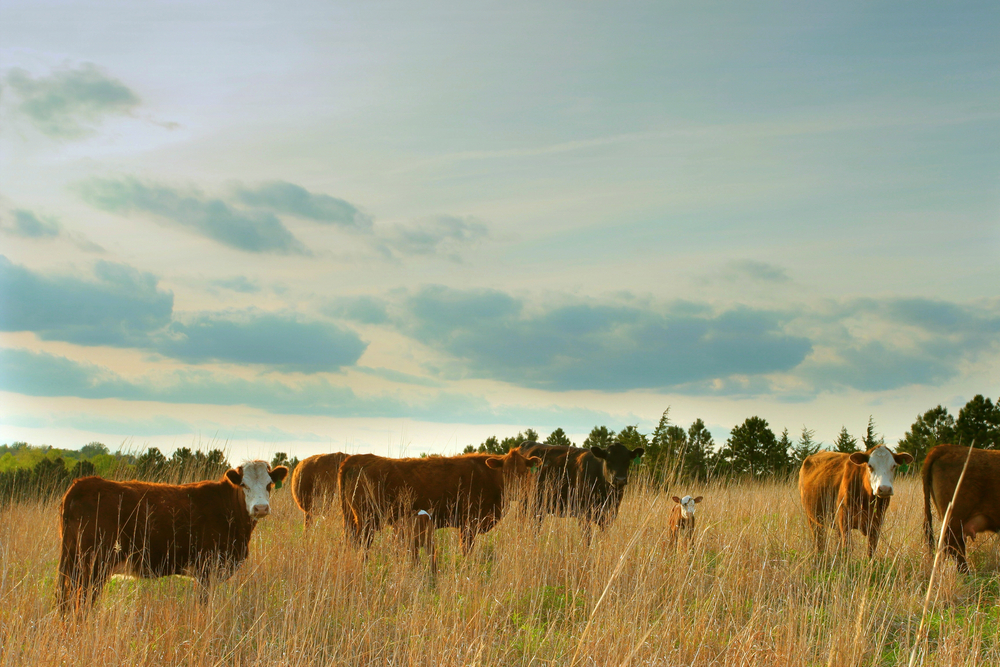
The two closest states to Texas are Nebraska with 6,800,000 and Kansas with 6,500,000, followed by California and Oklahoma both with 5,200,000.
Missouri maintained 4,040,000 while Iowa, South Dakota, and Wisconsin ranged between 3,850,000 to 3,500,000.
Colorado, Idaho, Minnesota, Montana, and Kentucky fall into the 2,000,000+ range. North Dakota, Tennessee, Arkansas, Florida, New York, Virginia, Pennsylvania, New Mexico, Ohio, Alabama, Oregon, Wyoming, Washington, Michigan, Georgia, and Illinois fall into the 1,000,000+ range.
The remaining states range from Rhode Island with 3,600 head of cattle with zero percent, to Arizona with 960,000 head of cattle and 1.04 percent of U.S. cattle.
Texas Today
From Spanish explorers and Mexican vaqueros to Texas cowboys and dangerous cattle drives, Texas and its beginnings with Longhorn cattle paved the way for cattle distribution that changed the lives of ranchers, settlers, homesteaders, military forts, and Native American reservations and still remains a viable and lasting source of protein for U.S. and international markets.

